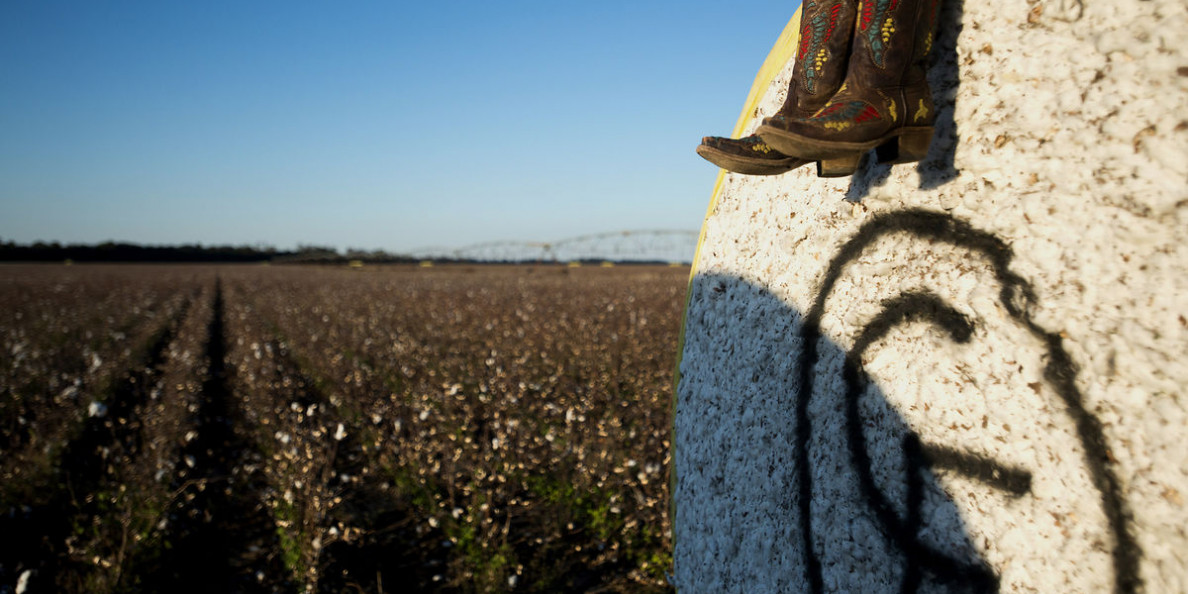September 20, 2024
Cotton prices surged to their highest level since July amidst a volatile trading week. This increase followed the Federal Reserve’s cut to interest rates for the first time in four years. Is this rally a turning point for cotton prices, or is it primarily influenced by technical factors that could easily reverse? Get QuickTake’s read on the week’s events in five minutes.
- December futures increased 265 points, settling at 73.03 cents per pound. This is the highest close for the December contract since July.
- The December and March futures contracts finished up the limit on Monday. This week’s market fluctuations were caused by technical buying, speculators adjusting their positions, and the potential impact from storms in the Delta and Southeast.
- After the Fed announced a reduction in interest rates, cotton prices experienced modest gains. This rally seems to be driven more by technical factors than fundamental ones.
- Trading volume was robust this week. The highest number of contracts traded in a single day since April was recorded on Monday. The total number of open contracts increased by 3,412 to 233,493.
Stock markets were in wait-and-see mode in anticipation of the Fed’s decision regarding interest rates but rallied to all-time highs following the announcement.
- At the September Fed meeting, officials decided to cut short-term interest rates by half a percent, marking the first reduction in four years.
- The Fed indicated that it will continue to evaluate the situation on a meeting-by-meeting basis, aiming for a soft landing while expressing confidence that inflation is declining.
- The Bank of England decided to keep interest rates unchanged but suggested that it will likely implement further cuts in the upcoming months.
- In dollar value, U.S. retail sales for August were up 0.1% month-over-month and 2.13% year-over-year. Clothing and clothing accessory sales declined 0.7% month-over-month but are up 1% year-over-year.
- Following the interest rate announcement, the U.S. Dollar hit a 52-week low but recovered some losses after weekly initial unemployment claims fell to a four-month low. Despite this recovery, the dollar remains low, which benefits commodities.
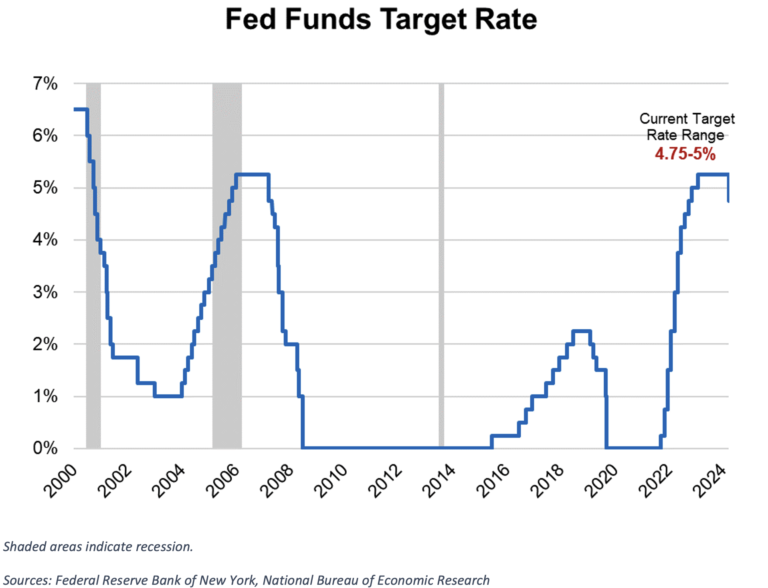
U.S. export sales and shipments were underwhelming for the week ending September 12.
- For the 2024/25 marketing year, 106,800 Upland bales were booked for the week.
- Shipments of 130,000 bales were below average for this time of the year.
- Active inquiries for U.S. cotton have been reported from around the globe, but significant volumes have yet to be sold. Currently, the U.S. has the lowest level of cotton commitments for this time of year since the 2016/17 season.
- Pima merchandisers sold 14,000 bales for the week and exported 4,500 bales.
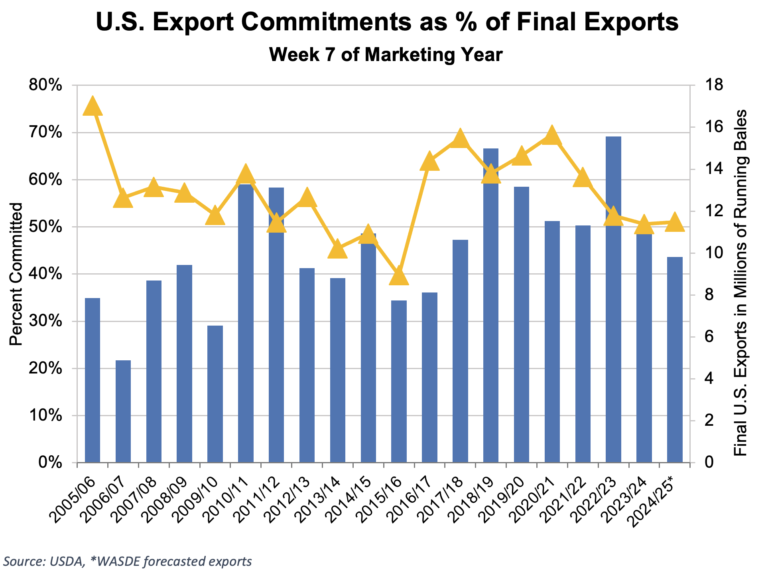
The overall percentage of the crop rated good to excellent in the U.S. decreased to 39%.
- This week, the percentage of crops rated good to excellent in Texas decreased 1% to 28%. Oklahoma’s good to excellent rating increased 1% to 36%, and Kansas’s decreased 12% to 40%.
- In the U.S., 54% of bolls are open, and 10% of the crop has been harvested.
- Favorable weather in West Texas for the coming week means harvest could start on more mature fields by the end of the month. Harvest in South Texas is wrapping up and should continue steadily if the weather holds.
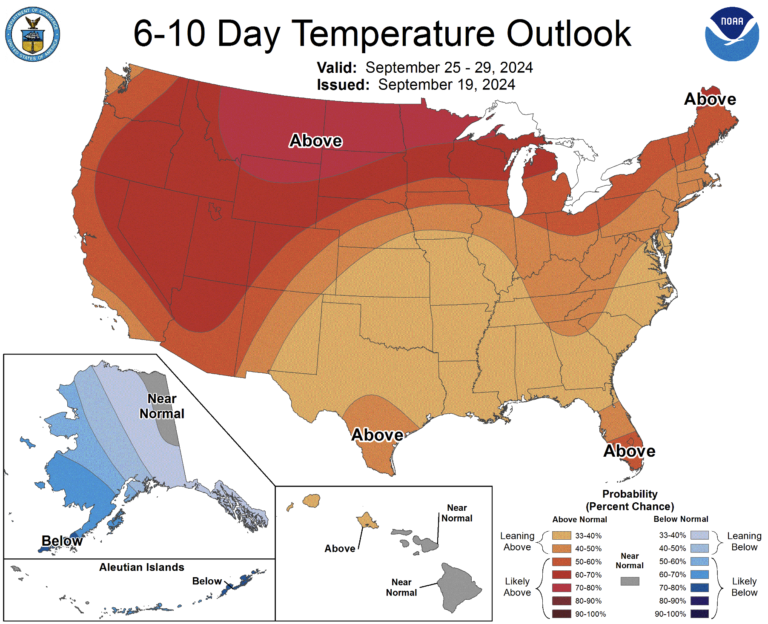
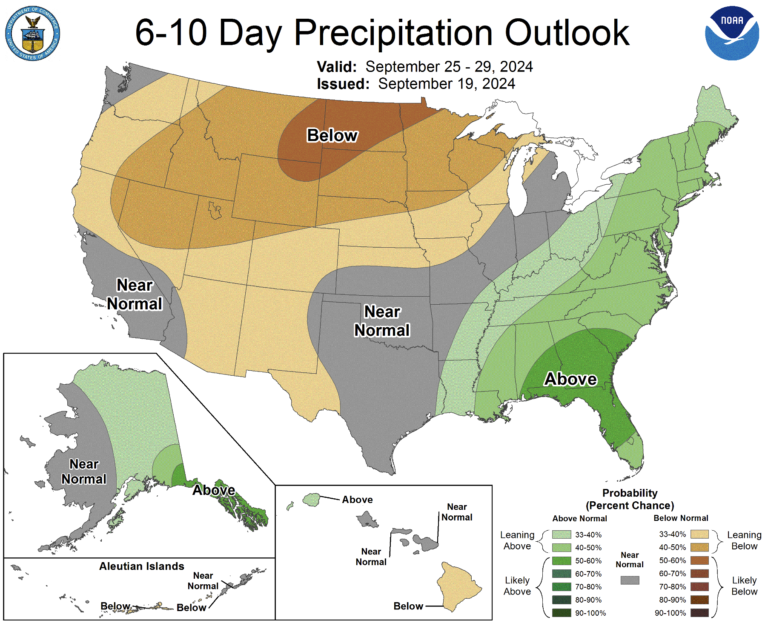
The Week Ahead
- Next week will be another big week of data releases. Consumer confidence, second-quarter Gross Domestic Product (GDP), and August personal income will be reported.
- Additionally, potential tropical development will be monitored in the Gulf of Mexico.
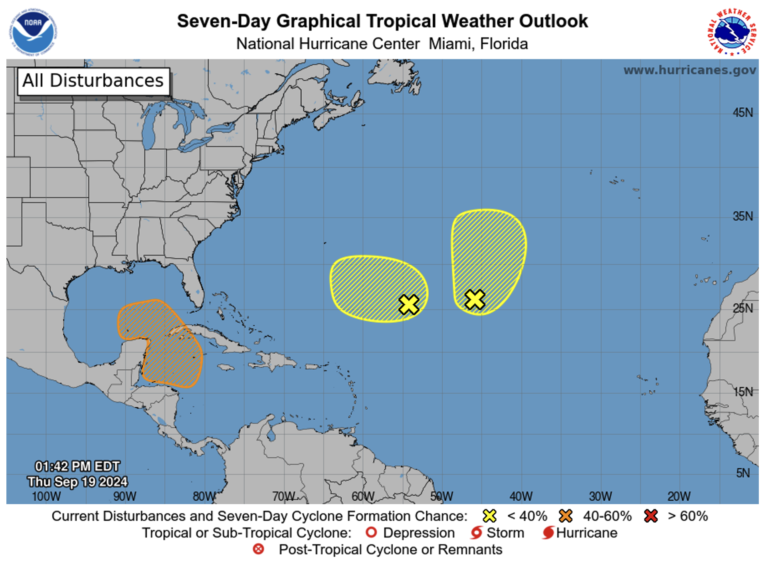
The Seam
As of Thursday afternoon, grower offers totaled 14,201 bales. There were 6,789 bales that traded on the G2B platform with an average price of 65.92 cents per lb. The average loan was 52.72, which resulted in a premium of 13.20 cents per lb. over the loan.


